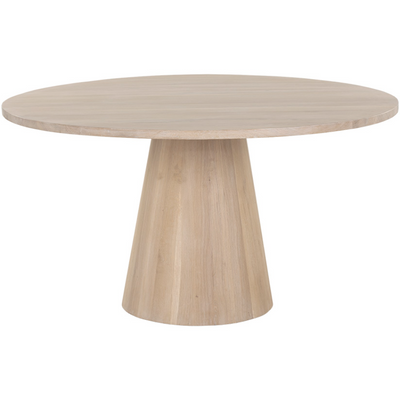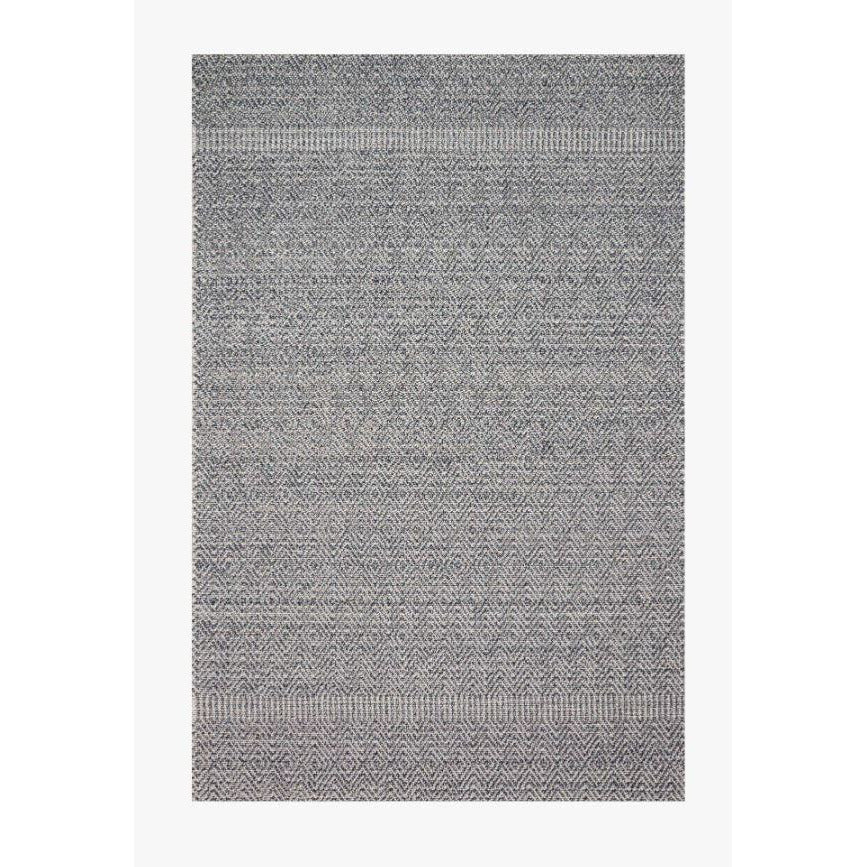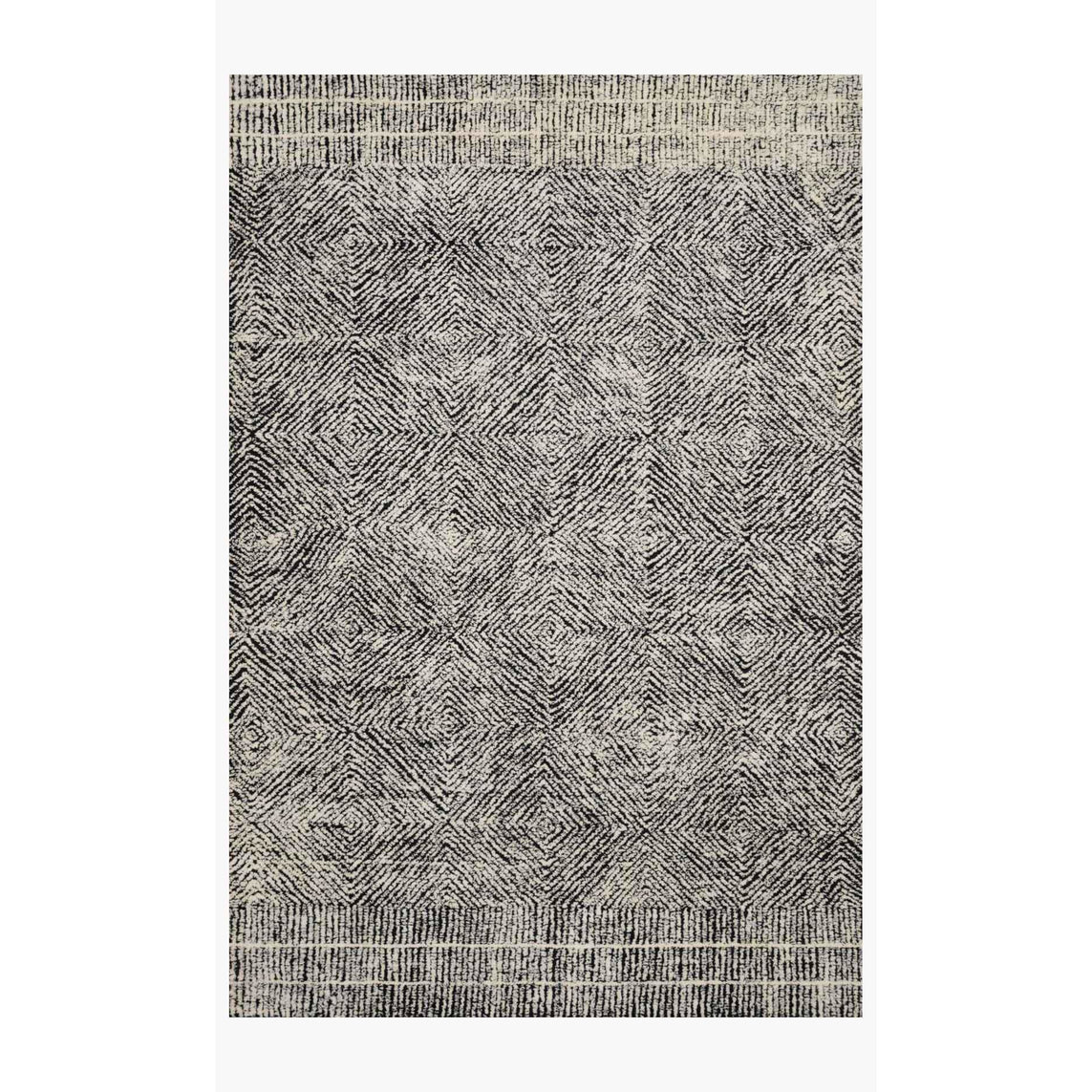How To Choose the Right Rug for Your Space + Our Favourite Shoppable Picks
Rugs are one of the most versatile and useful elements of home decor. They offer protection and warmth to your floors, comfort to your feet and legs, and they can help define areas of your home. They can even enhance the overall atmosphere of almost any space in your home by adding another element of colour, shape, and texture. But with so many different rugs available, how do you choose the one that suits your needs and preferences?
Today we’re sharing our advice for choosing the right rug for your space, including:
- How many rugs to use. Yes, you can use multiple rugs!
- Selecting the right rug size and shape
- Choosing a rug colour, pattern, and material
- Layering rugs
- Using rug pads
How many rugs can you use?
There is no official rule or limit on the number of rugs you can have in a room, but too many or too few of the wrong size might look too busy or unfinished.
If you are interested in trying the layered approach, you can have as many rugs as will fit and lay safely. Layering area rugs can work very well in your space if it’s approached properly—for example, as a general rule, the top rug should be about ⅔ the size of the bottom rug. Make sure to consider the space, furniture, and function of the room before layering area rugs. When done well, it can add a textural design element to a room and make a space cozy and inviting. Keep reading for more advice on how to layer rugs.
Selecting rug size & shape

View full post on Instagram
Get the Look: Evie Rug | Glen Mirror | Sliver Dining Chair | Biro Pendant
The size and shape of your rug should work with the size of the room, but it should ultimately be dictated by the furniture and the layout.
For most rooms in your home, the more space you have to work with, the larger your rug can and often should be, but you should also consider the negative space around the rug and how you want your furniture to sit on it. Rugs should also never touch the wall—you want at least 6”-12” between the wall and the edge of the rug so the space doesn’t look cramped.
|
DESIGN TIP: If you’re struggling to decide between two sizes, consider that objects like floor lamps should sit completely on or off the rug for improved stability. |
Do you want all furniture fully on the rug? Partially on? Fully off? Your answer to this question, plus the size of the room, will give you a good idea of the size of rug you should select. For hallways and entryways, select your rug size based on how much of the floor you want left exposed.
|
DESIGN TIP: To get a clear picture of how much space a rug will take up, measure and mark its outline using painters tape. This will show you an outline of the rug and make it easy to visualize its footprint. |
Most rugs are available in a few different sizes, so make sure you have the right size selected during checkout. Here are some of the most common area rug sizes and where they are typically used:
|
Approximate size |
Ideal for |
|
3 ft x 5 ft |
Entryway or mudroom |
|
4 ft x 6 ft |
Large bathroom, larger entryway or mudroom, laundry room |
|
5 ft x 8 ft |
Small T.V. room; apartment dining room, under double or twin bed. |
|
8 ft x 10 ft |
Under dining table & chairs; a queen or king bed |
|
9 ft x 12 ft |
Under a king or queen-sized bed; in a larger living room or dining room |
When selecting a rug for a living room, remember that all front legs of the furniture should rest on the rug. This will help make the room feel finished and comfortable and avoid it looking like a carpet. It’s fine for side tables and lamps not to rest on the rug.
Selecting rug colour, pattern & material

View full post on Instagram
Get the Look: Andy Flip Sectional | Harriet Rug
The most fun part of selecting a rug is choosing the colour, texture, and pattern. This is where you really get to make a statement and show off the personality of your home. Your options are unlimited, starting with simple and understated to blend in and tie the room together, perhaps while adding a bit of texture:
Or you could opt for something bright and bold to become the focal point of the room:
There are also a number of rugs that fall between these two extremes if you prefer a more balanced look.
Hallways are a great place to go bold with your colour and pattern choices.
Rug material
In kids’ rooms, an easy-to-clean rug is your best bet. If you want something with natural materials, think allo, wool, and wool-blend rugs. Otherwise, an indoor-outdoor option that is stain-resistant will serve you well:
Choose a durable material (avoid cotton & linen) in areas that are heavily trafficked and that are most likely to be subject to the elements, such as main floor hallways and entryways. Indoor-outdoor rugs work well here.
For a quiet space, choose a thick rug that will help deaden sound.
For a natural look, select a simple pattern, neutral colours, and a natural material like jute:
|
DESIGN TIP: When selecting a natural fibre rug, keep in mind that natural mixed-fiber rugs can be difficult to clean, especially a silk/wool blend. |
Layering rugs

View full post on Instagram
Get the Look: Glen Mirror | Gemini RugDouglas Lumbar PillowDouglas PillowDylan PillowIvy Pillow
- Square footage - Layering rugs works best in larger rooms. You’ll have more space to work with and you won’t have to worry about the space looking cluttered.
- Different sizes - Typically, you’ll start with your largest rug, which would be the most visible underneath other rugs, and layer smaller sized rugs on top. There are also times when it makes more sense to layer smaller rugs underneath, depending on the pile and texture of each rug and the layout of your space.
- Pile - Rug pile indicates how plush and tall a rug is. For layering purposes, it is best to put rugs with a high pile on top of flatter rugs (with a pile of one inch or less) so that walking across the rug is easier and the layering point is flatter and less likely to result in tripping. To that end, most people opt to use a sisal rug or another smooth, flat material as the base layer.
- Colours, patterns, and textures - There are many ways you can choose to layer colours, patterns and textures. If you’re nervous, start with a subtle patterned base and layer a plain, textured rug over top (or vice versa):
If you’re feeling a little more adventurous, choose a bolder, more colourful top layer and match it with a more subtle base layer:
If you prefer a bold-but-monochrome look, opt for contrasting patterns in the same tones:
Rug pads
One thing you may not have considered when browsing rugs is whether or not to use a rug pad. While not all rugs need a non-slip pad, they do offer some benefits, including:
- Additional cushioning
- Insulation
- Holding the rug in place and reducing slippage
- Preserving the carpet by absorbing the impact of footsteps
When selecting your rug pad, it’s important to consider the type of flooring you have and choose the appropriate pad. Rug pads that are for carpeted floors and ones that are wood-floor-safe will be clearly labelled. This is necessary because wood floor finishes can be damaged by some synthetic materials and require a breathable pad to reduce the chance of discolouration.
|
DESIGN TIP: The rug pad should be approximately one inch shorter than the rug on all sides. If you can’t find the exact size you need, don’t worry—rug pads can easily be cut to fit. |
How To Choose the Right Rug for Your Space
There are some guidelines and spatial limitations to factor in when it comes to selecting rugs, but it really comes down to what you want your home to look like. Let the rules and suggestions around rug size, shape, colour, pattern, texture and material, and number of rugs guide you, but don’t select something you don’t love just because it is what a designer would get.
Need help selecting the right rug for your room? Don’t be afraid to contact us for help.



















































Leave a comment